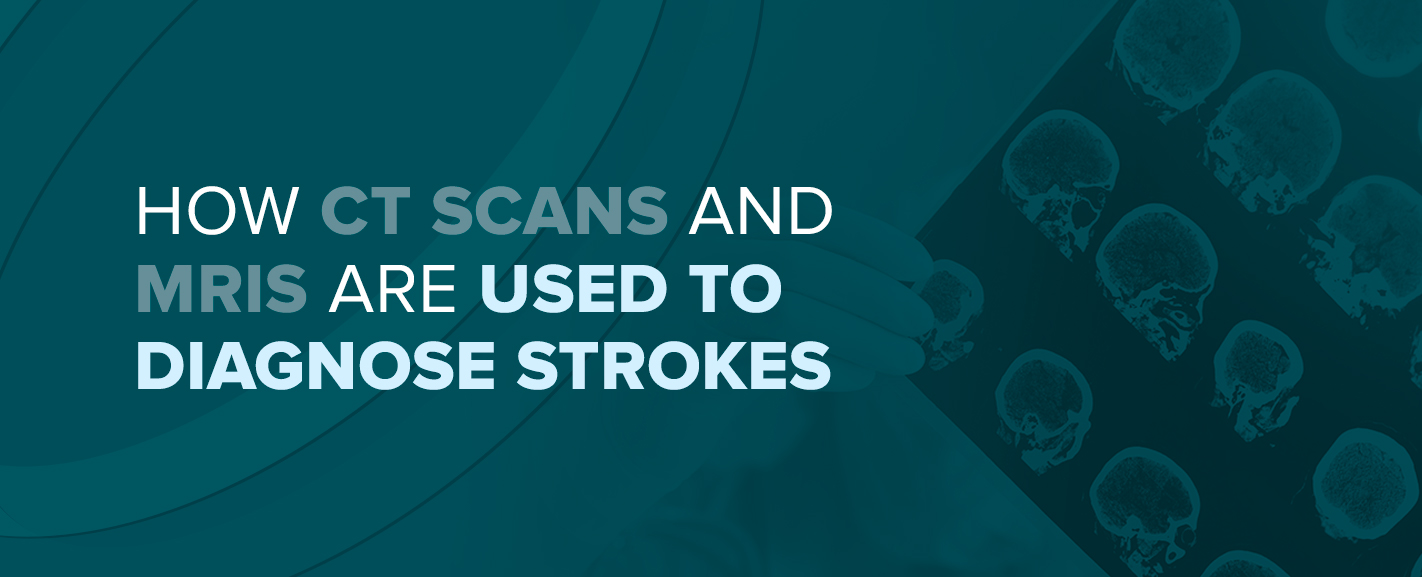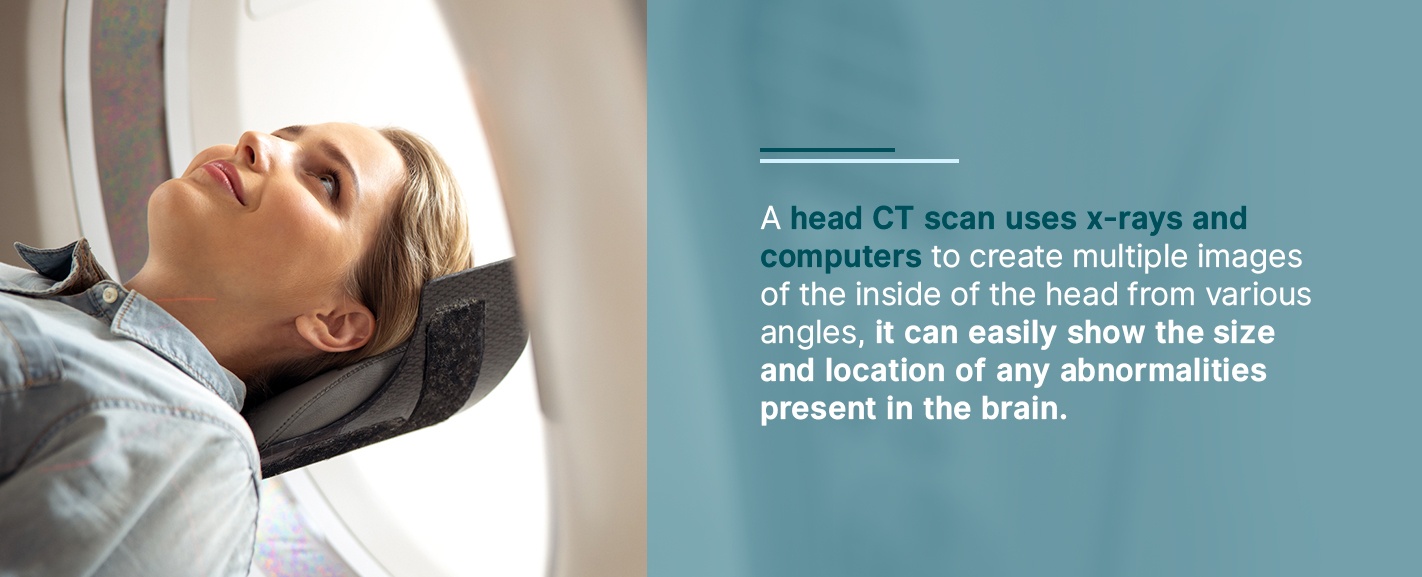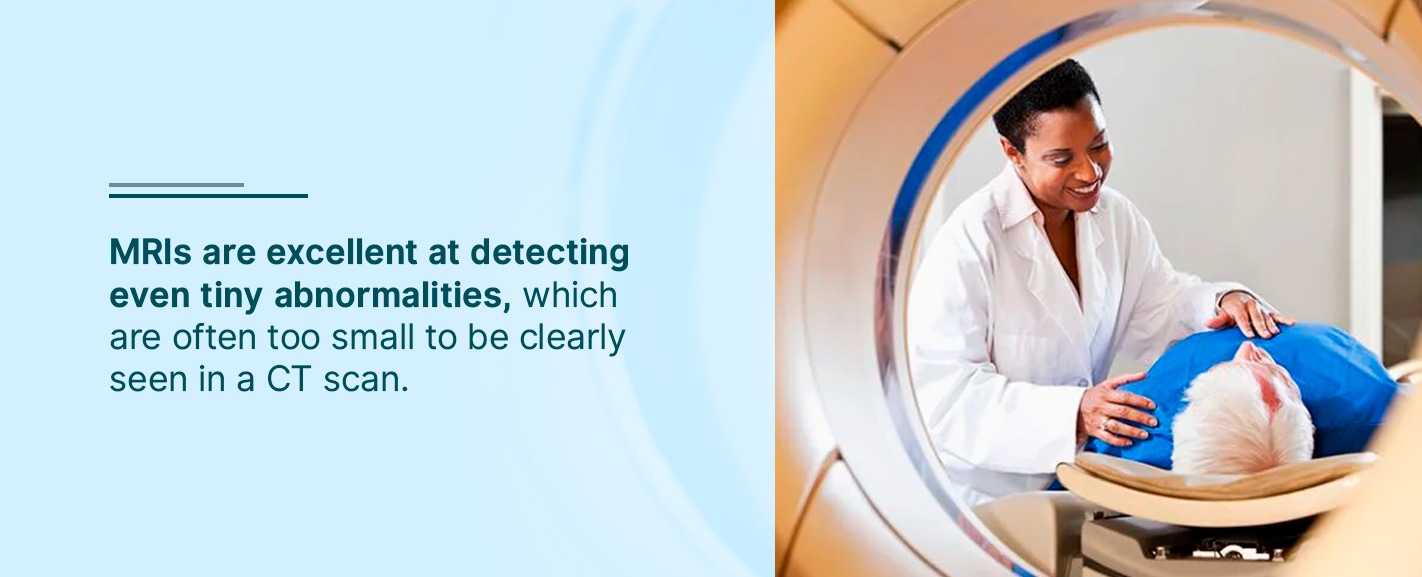How CT Scans and MRIs Are Used to Diagnose Strokes
A stroke is a debilitating condition that can negatively alter a person’s life, especially if left untreated. Early diagnosis of a stroke — including what type it is — can greatly reduce the stroke patient’s chances of living with a disability. Computed tomography (CT) scans and magnetic resonance imaging (MRI) are two of the best diagnostic tests for strokes. This is because these imaging tests allow for a clear view of the head, including the tissue and blood vessels.
What Is a Stroke?
When the blood supply to the brain is interrupted suddenly, it results in a stroke. The reason for the cessation of blood can be due to a blocked or burst blood vessel. A stroke can be hemorrhagic or ischemic:
- Hemorrhagic: This type of stroke is accompanied by a hemorrhage, which means a blood vessel bursts and bleeds into the brain. Treatment for a hemorrhagic stroke involves lessening the pressure on the brain.
- Ischemic: When the blood supply to the brain’s tissues is restricted, it results in less oxygen. Oxygen is necessary to keep the tissue healthy and alive, so treatment involves restoring the blood flow.
Strokes can lead to physical disabilities, brain damage and even death. Risk factors include high blood pressure, smoking, genetics and age. Signs someone may be having a stroke include mild paralysis on one side of the body, trouble speaking, blurred vision and sudden weakness. If you suspect you are having a stroke, call 911 straight away — do not attempt to drive yourself to a hospital.
A stroke is considered a medical emergency and requires immediate treatment. However, not all strokes are treated the same way, which is why diagnosing what type a person has experienced is crucial. To diagnose a stroke, doctors will order multiple tests, including blood tests, an electrocardiogram and imaging tests, such as a CT scan or an MRI. The latter two are considered the most effective ways to identify the type of stroke while ruling out all other potential causes of stroke symptoms.
How Are CT Scans Used in Diagnosing Strokes?
A head CT scan uses x-rays and computers to create multiple images of the inside of the head from various angles. It can easily show the size and location of any abnormalities present in the brain, such as tumors or blood clots. It can also reveal infections, such as areas of the brain where the tissue is dying or dead due to loss of blood flow.
A stroke diagnosis using a CT scan is ideal for identifying whether the stroke is hemorrhagic or ischemic. If there is blood in the skull due to a hemorrhage, a stroke CT scan can detect it immediately, ensuring this condition is treated the right way. Certain treatments for strokes are not effective in managing the hemorrhagic kind. One such example is thrombolytic therapy, which dissolves blood clots and is the best therapy for ischemic strokes.
Thanks to the multiple, clear images provided in a CT scan, it can also rule out other brain abnormalities, such as tumors that can mimic stroke symptoms. Any irregularities or causes for concern show up in a CT scan approximately six to eight hours after the onset of the first signs of a stroke.
During a CT scan, the patient may be intravenously injected with dyes, which will highlight any abnormal areas in the scan, giving doctors a clearer view of the head. There are no side effects caused by CT scans since they use such a low amount of radiation. However, the intravenous dye may potentially cause an allergic reaction in some people.
CT scans are the most common image tests ordered by doctors to test for strokes since they’re available at most major hospitals at all hours of the day. They’re also popular because they provide the test images sooner.
How Are MRI Scans Used in Diagnosing Strokes?
An MRI uses magnetic fields, radiofrequency pulses and computers to reveal any changes in the brain. Like a CT scan, a stroke MRI takes multiple images of the inside of the head using sophisticated x-rays and computers. Unlike a CT scan, which takes several hours to reveal any blockages of blood flow, an MRI can uncover any brain damage within an hour of the onset of the stroke symptoms.
MRIs are also more accurate than CT scans since they are far more sensitive. They show all issues related to a stroke and any other diseases or concerning factors within the brain. MRIs are excellent at detecting even tiny abnormalities, which are often too small to be clearly seen in a CT scan.
An MRI takes longer than a CT scan and isn’t as readily available. While it’s excellent for getting highly detailed images of the inside of the head, it may not be the ideal choice in emergencies when quick treatment is essential to reduce the potentially debilitating side effects of a stroke.
Because it uses magnetic fields to create the image, it’s not a viable option for people with metallic or electronic implants, such as pacemakers or shrapnel wounds. Since it is a much longer image test than a CT scan, people with claustrophobia should discuss their condition ahead of the MRI.
A head MRI is an excellent way to diagnose whether a stroke is ischemic or hemorrhagic, and it’s also great at finding abnormalities in the skull and spinal cord. While CT scans can only provide images from one orientation, MRIs can produce multiple pictures in several orientations.
Schedule Your MRI or CT Scan Today
Whatever your individual imaging needs may be, Envision Imaging is proud to provide state-of-the-art diagnostic imaging services. From CT scans and MRIs to mammograms and ultrasounds, Envision Imaging puts your comfort and well-being first.
Our staff of trained professionals is dedicated to making your experience smooth and comfortable from the moment you step through the doors. We understand that diagnostic imaging can be stressful and uncomfortable, so we pride ourselves on putting clients at ease with flexible scheduling to fit your availability, quick turnaround times for results and consistently accurate image quality.
Get in touch to schedule an appointment at Colorado Springs Imaging by calling 719-260-6500 or find the Envision Imaging location closest to you.
Call To Schedule Your Appointment
Sources:
- https://www.nhlbi.nih.gov/health-topics/stroke
- https://www.envrad.com/services/ct-scans/
- https://medlineplus.gov/ency/article/007089.htm
- https://www.agingcare.com/articles/stroke-diagnosis-and-treatment-133116.htm
- https://www.envrad.com/services/mri-scans/
- https://www.envrad.com/location/colorado-springs-imaging/
- https://www.envrad.com/locations/




